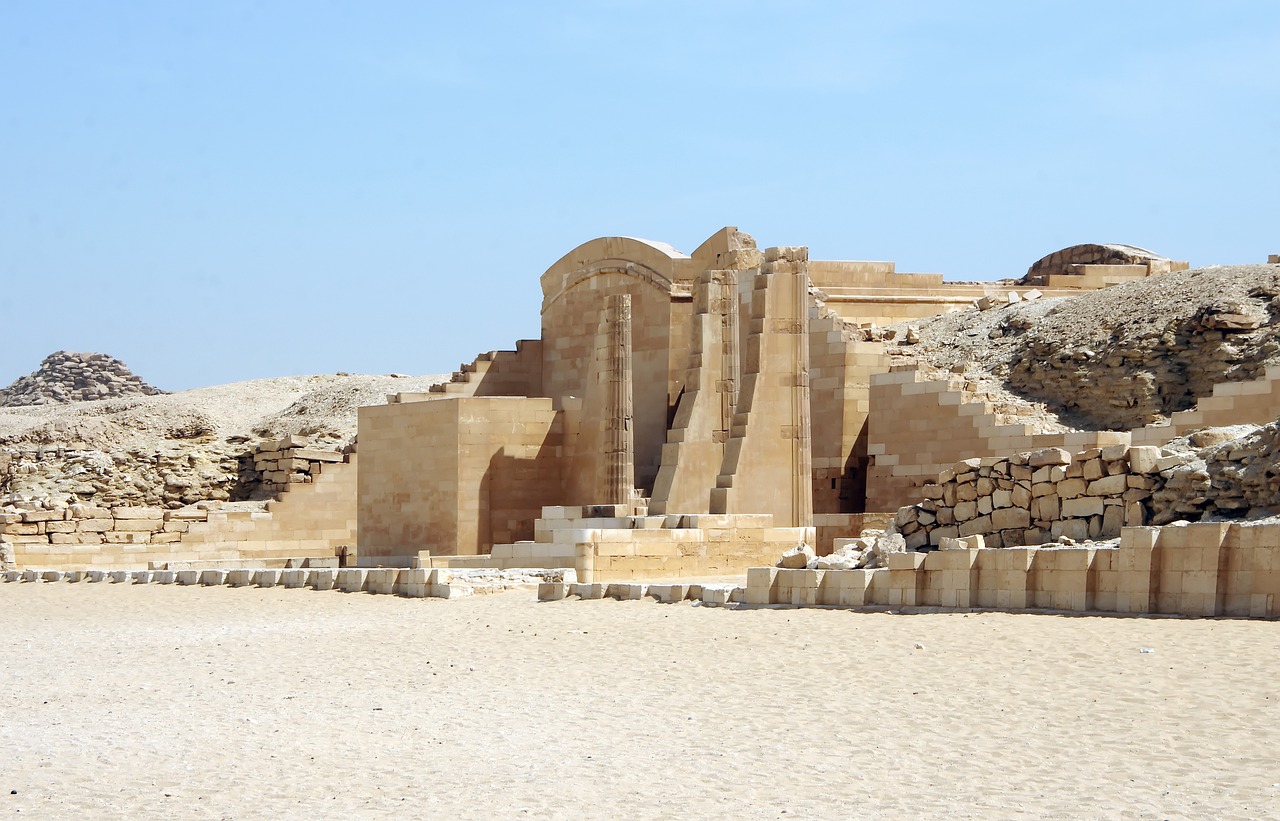
For thousands of years beneath Egypt’s desert sands a solidified whitish substance sat in a broken jar. Scientists now say it’s “probably the most ancient archaeological solid residue of cheese ever found.”
Archaeologists came across the finding while cleaning the sands around a 19th dynasty tomb at the vast Saqqara necropolis of the ancient city of Memphis. The tomb of Ptahmes, the mayor of ancient Memphis, was initially discovered in 1885 but had been swallowed by shifting sands until its rediscovery in 2010.
The whitish solidified mass was found during the excavation work between 2013 and 2014, along with a canvas fabric which may have been used to cover the jar, possibly to preserve its contents, a study published this week in Analytical Chemistry said. The 3,200-year-old cheese was found to be made from a mixture of cow milk and that of a sheep or goat.
“It (the sample) was subjected to thousands of cycles of hydration and de-hydration due to the rainfalls and the Nile floods and also the very strong alkaline environment transformed all the fats and it was not possible to use conventional techniques,” Enrico Greco, the study’s lead author, said.
Cheese-making has been depicted on wall murals of ancient Egyptian tombs from 2,000 B.C. Also, a 2012 study published in the science journal Nature traces the earliest evidence of the industry to the 6th millennium BC in northern Europe, some 7,000 years ago.
Older cheese residues discovered were typically attributed to natural fermented milk like yoghurt or kefir, but the discovery at Saqqara revealed no trace of proteins from natural milk fermentation, Greco said. “For this reason we can say that it is the oldest solid cheese ever found to date.”
There is little information on this particular cheese-making process but “it was necessary to develop a specific technology and procedures that did not exist before,” Greco said. “This is a very important point in the history of dairy food.”
Among the study’s significant findings were the signs of bacteria potentially causing the deadly disease brucellosis, caught through the consumption of unpasteurized dairy products. If confirmed, it would be “the first biomolecular direct evidence” of the disease’s existence during the pharaonic period, according to the study.
“Brucellosis in ancient Egypt has been identified by the osteoarticular effects on mummies’ bones,” Greco said. The finding may suggest that “Egyptians ate contaminated cheese or milk.”




